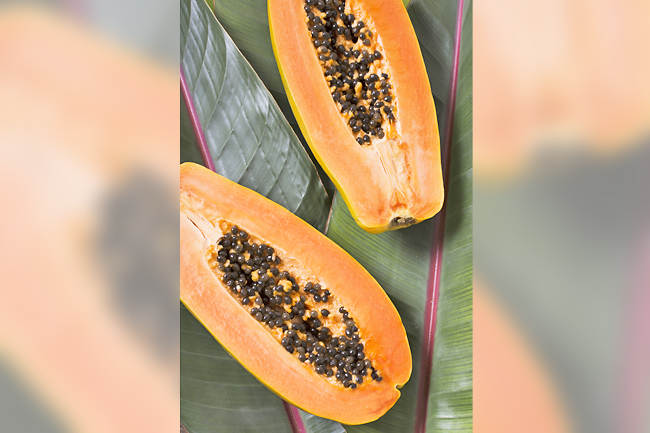ANN/THE STAR – A reader posed a gardening dilemma.
According to her, she had twice cultivated papaya trees, yet both attempts yielded barren results, despite her diligent application of fertiliser and tender care.
Question: How can I safeguard against inadvertently nurturing male papaya trees?
What is the typical duration for a dwarf papaya tree to bear fruit? And what strategies can be employed to promote a bountiful yield?
These pressing inquiries drive my quest for successful papaya cultivation. – Margaret S
Answer: Your experience with barren papaya trees, despite good care and fertilisation, could be influenced by several factors, including the sex of the trees and growing conditions.
Papaya trees can be male, female or hermaphrodite, with only female and hermaphrodite trees bearing fruits. Male trees do not produce fruits.

Determining the sex of papaya trees before flowering is challenging. Male flowers are typically long, tubular and found in clusters on thin stalks, whereas female flowers are larger, solitary and closer to the trunk.
Hermaphrodite flowers share the characteristics of both, being closer to the trunk like female flowers but shaped more like male flowers.
Hermaphrodite varieties can self-pollinate and are more likely to bear fruit.
Dwarf papaya varieties are often preferred in home gardens because of their manageable size and shorter time to fruiting, usually beginning to bear fruit within six to 12 months after planting.
To encourage good yield, ensure that the papayas are planted in well-drained soil rich in organic matter and receive regular watering without becoming waterlogged.
They need full sun for most of the day and benefit from balanced, slow-release fertilisation.
Apply a balanced fertiliser, such as a 10-10-10 NPK (Nitrogen-Phosphorus-Potassium) formulation.
For the first year, start with a lighter application for newly planted trees, such as about 60 grammes (g) of fertiliser every four to six weeks.
Gradually increase the amount to 100g, then 300g as the tree grows. Excessive nitrogen should be avoided, as it can promote vegetative growth at the expense of flowering and fruiting.
For established trees that begin to bear fruit, increase the amount of fertiliser.
A general recommendation is to apply approximately 450 to 900g of fertiliser every eight weeks. Distribute the fertiliser evenly around the tree and avoid direct contact with the trunk.
Ensure to water the area well after application to help nutrients reach the roots.
Papayas require minimal pruning to remove the dead leaves or branches.
However, regular checks for pests and diseases are crucial.
Planting multiple trees can increase the chance of having both female and hermaphrodite trees, thus improving pollination and fruit set.
Grafting techniques can also be used to propagate known hermaphrodite species. – Dr Christopher Teh






